Originally posted by soundiceuk
View Post
All were aimed at ONE thing.To provide clean efficient energy.
Now the means , methods and expenses are another kettle of fish.
Ged

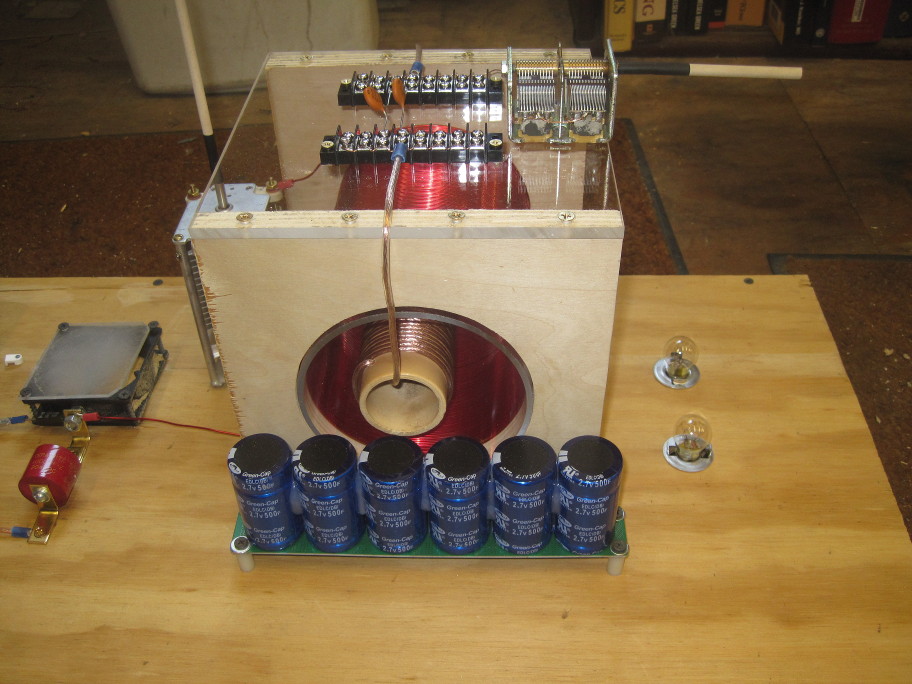
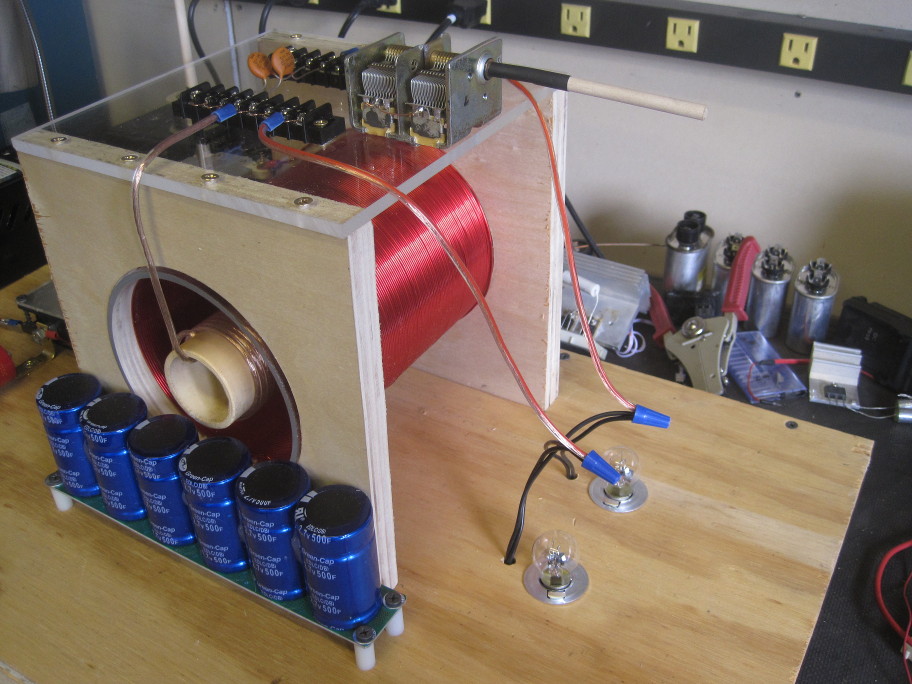
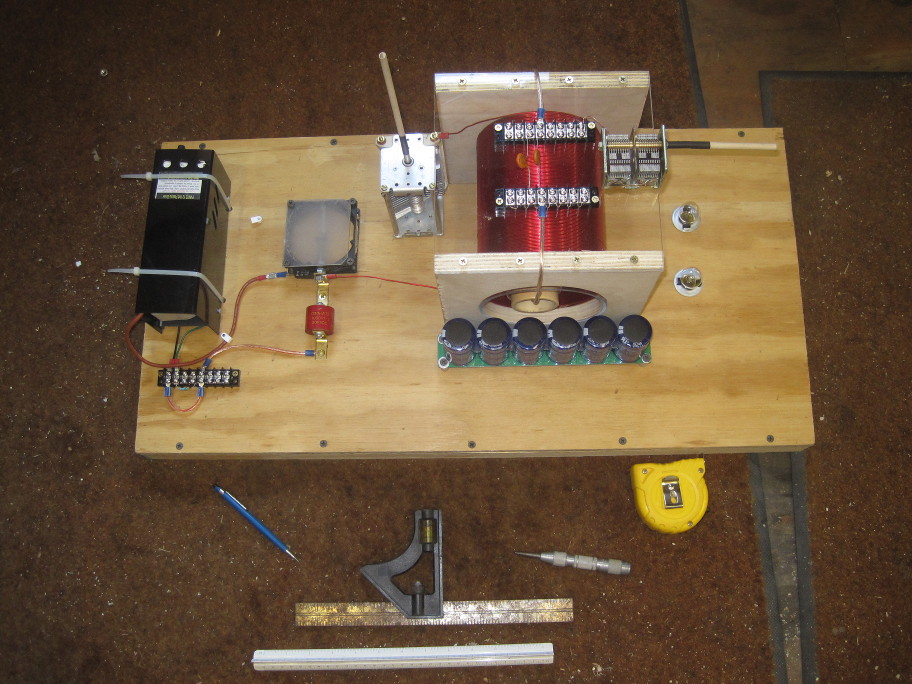
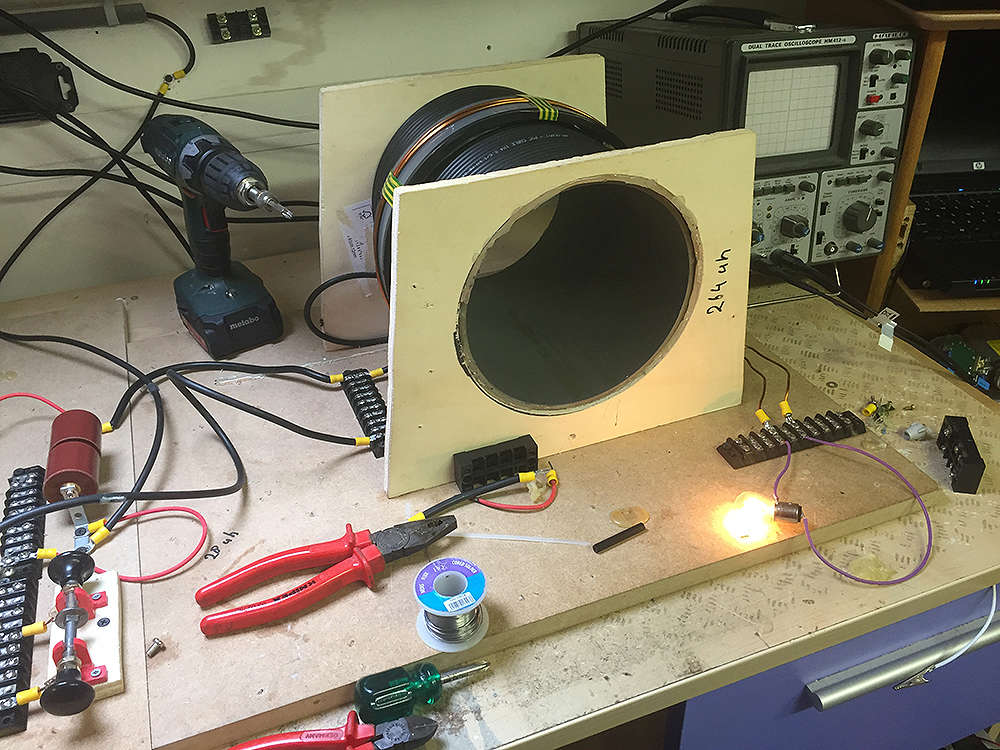

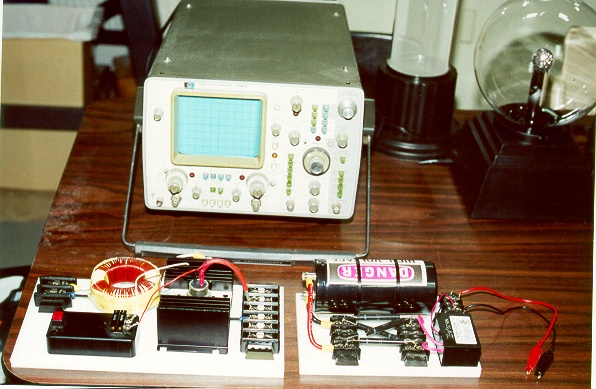
Comment